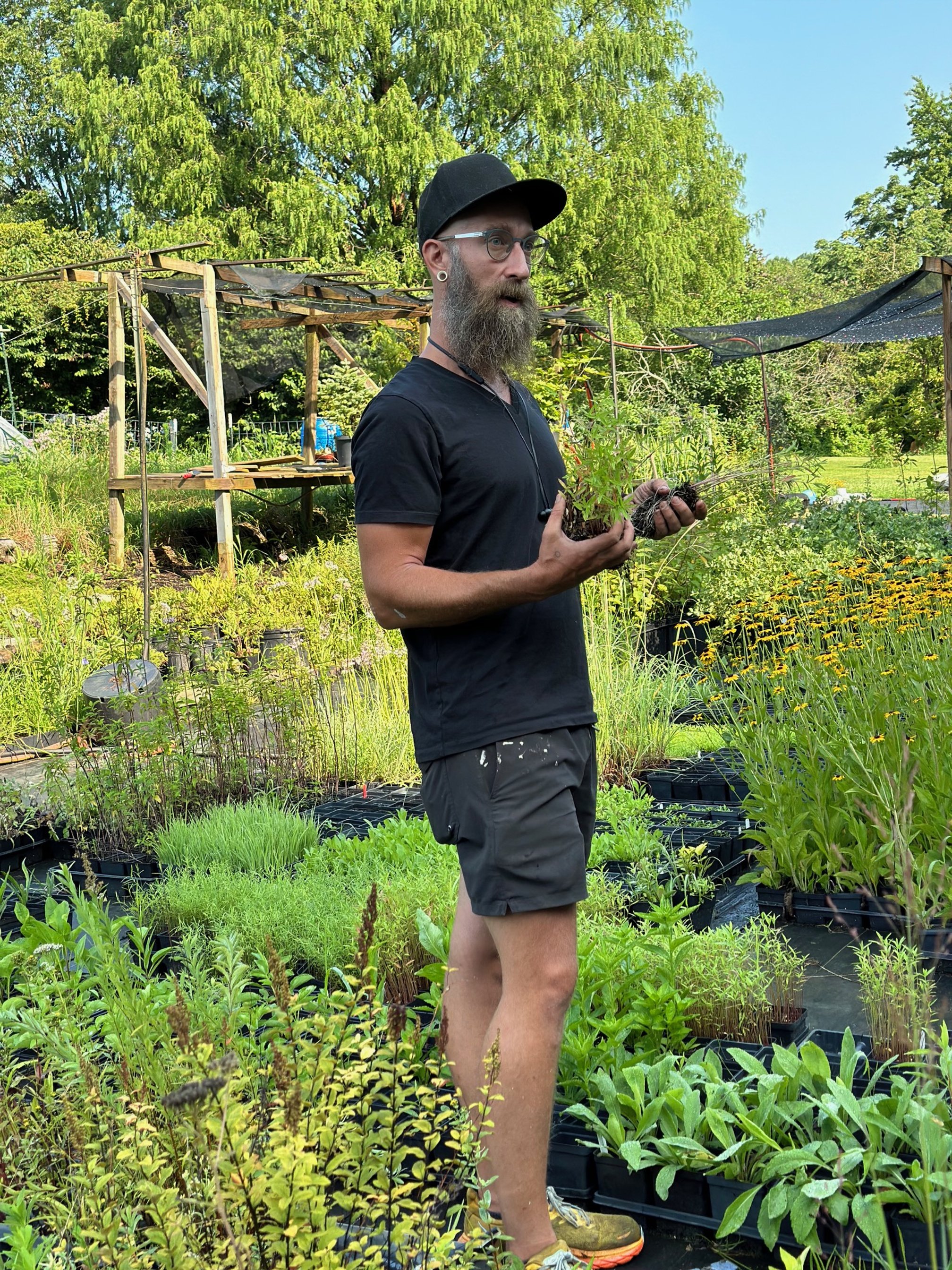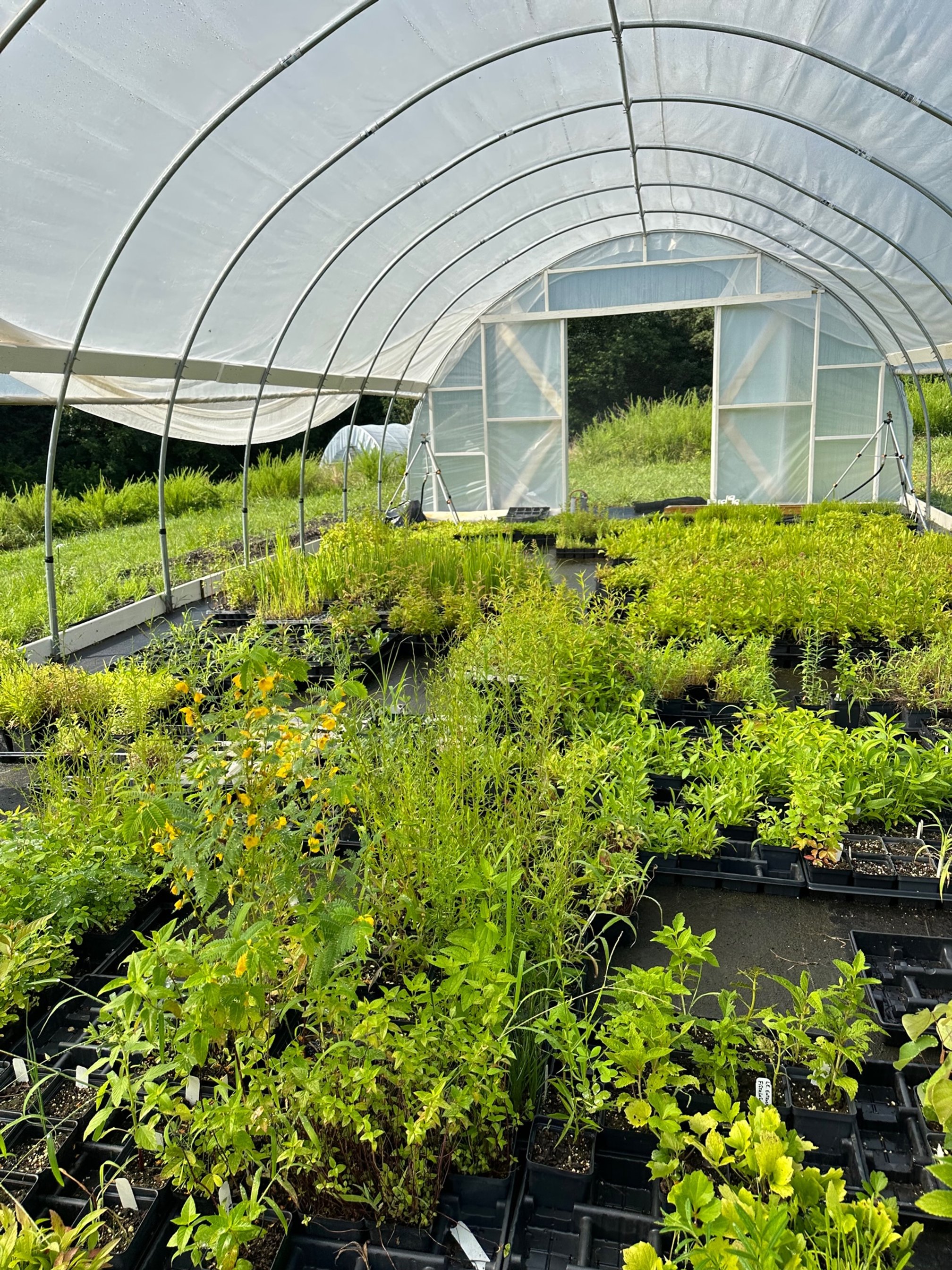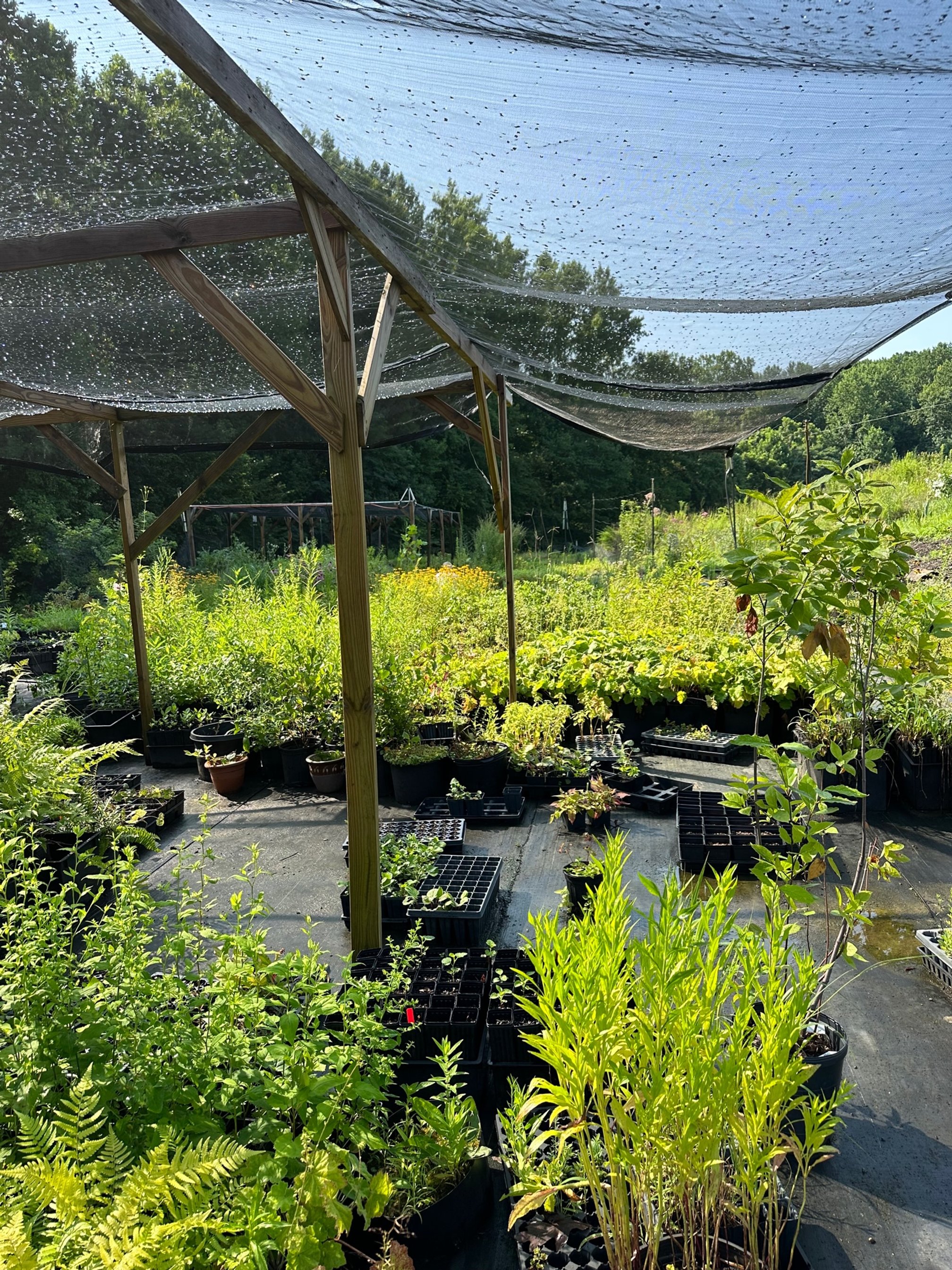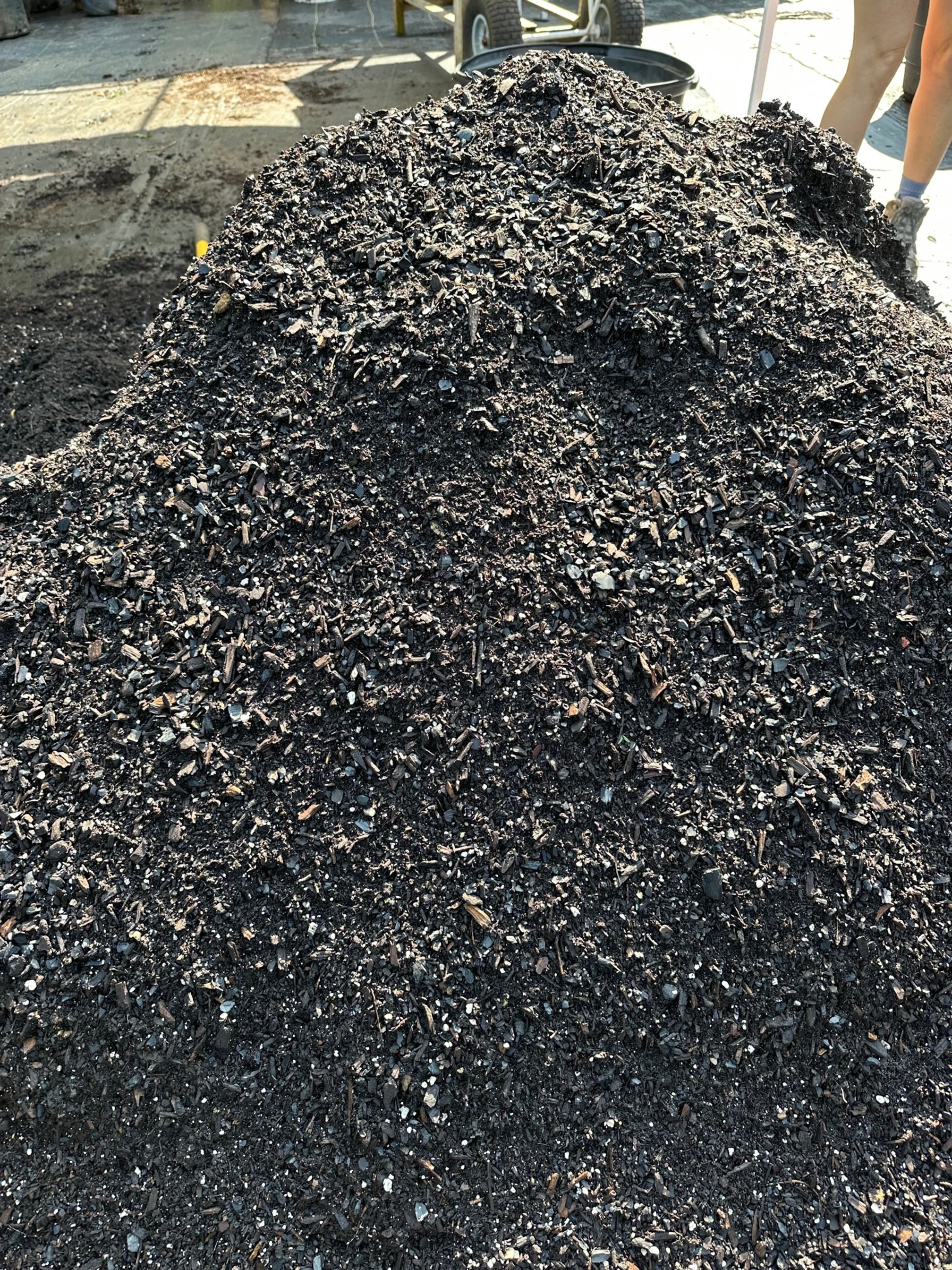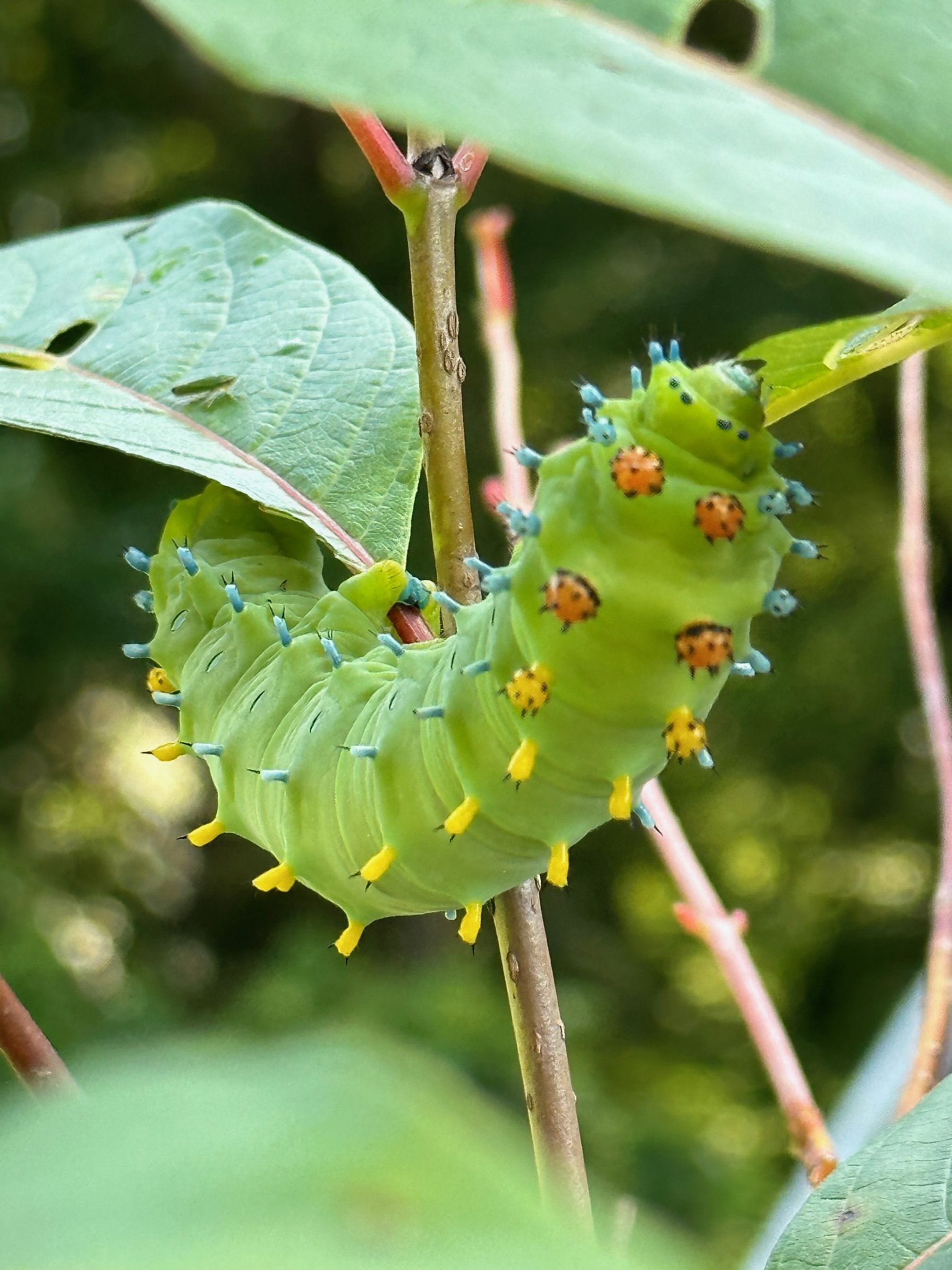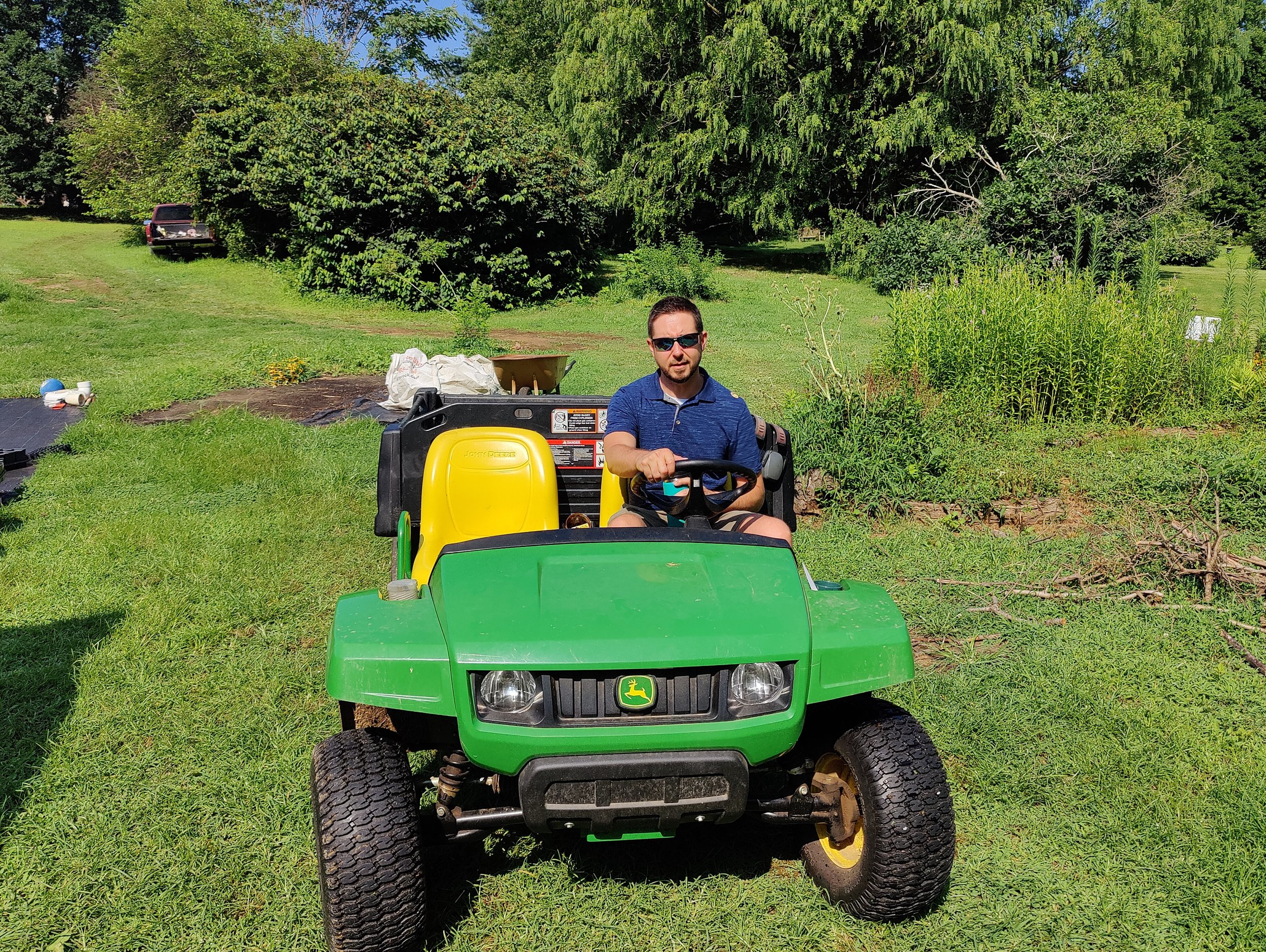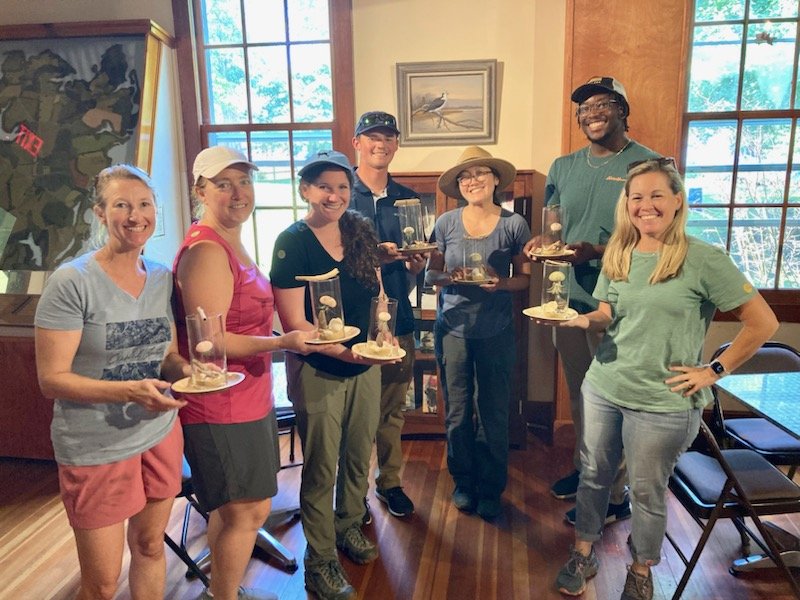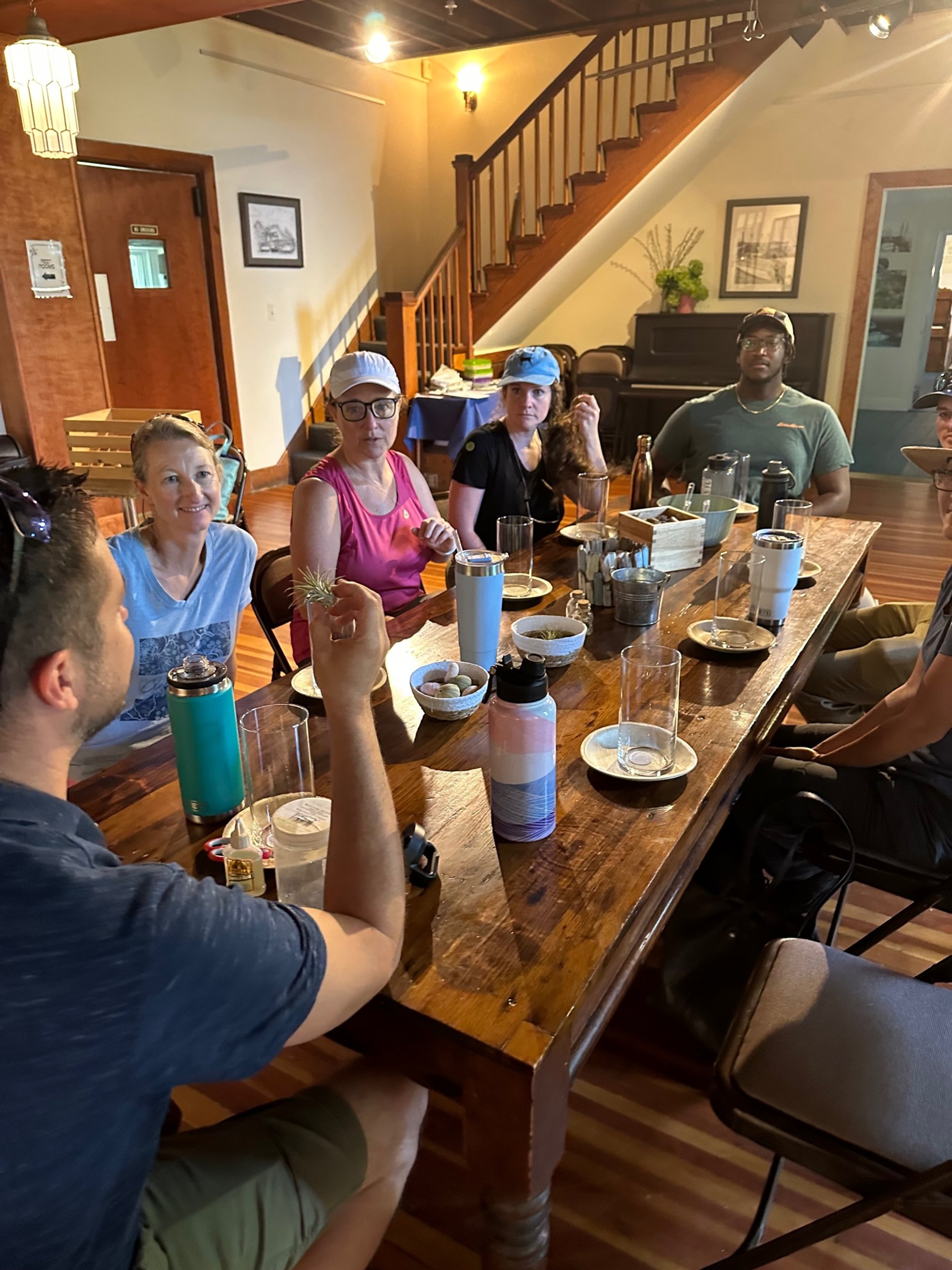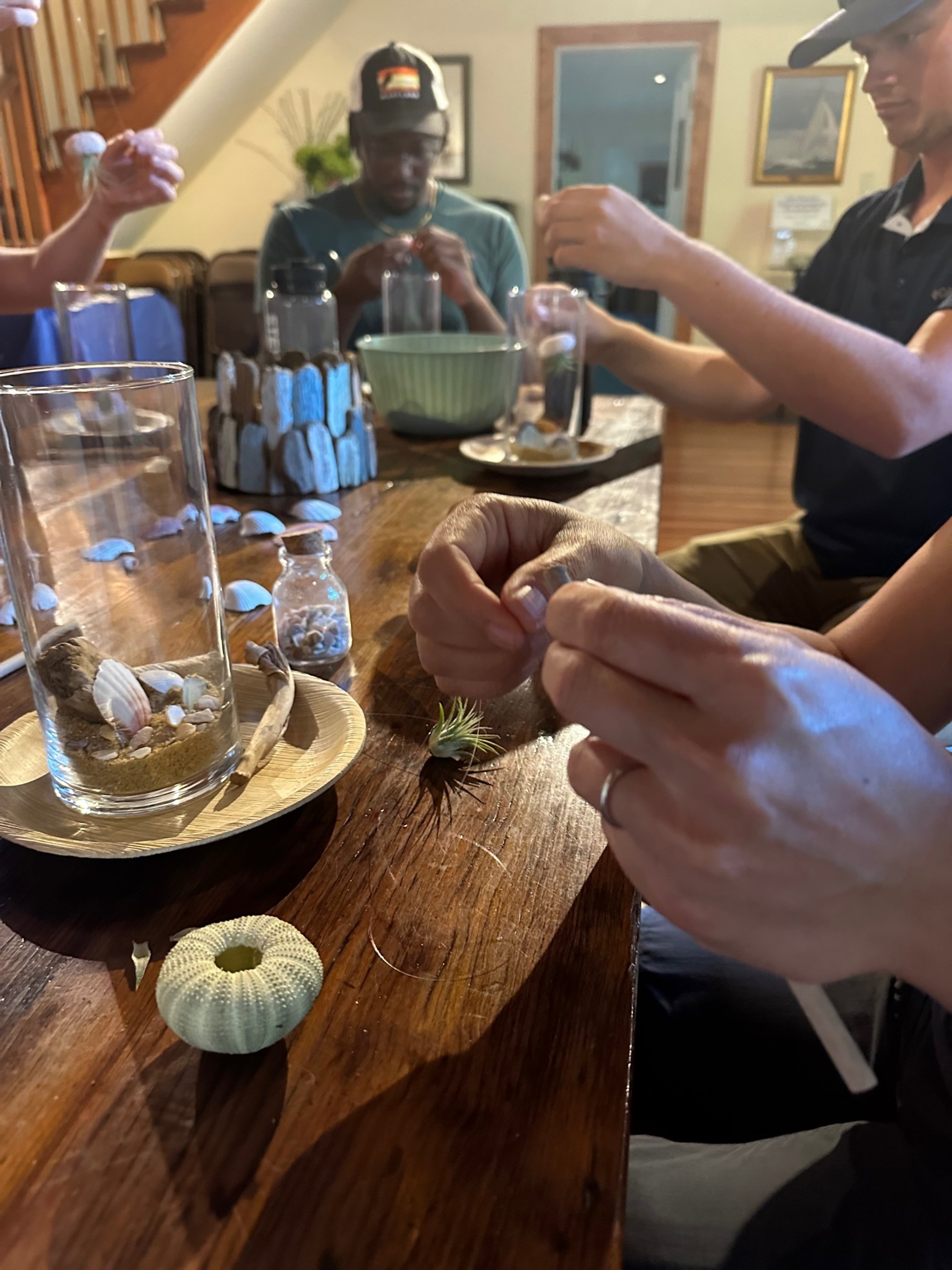Latin for Gardeners
Plants for Riparian Buffers
October is Riparian Buffer¹ month, a time to learn more about these important features of our landscape and consider how we can contribute to the health of our creeks, rivers, and all tributaries of the Chesapeake Bay. Riparian buffers are the vegetated areas next to streams, rivers, lakes, and other water bodies. These buffers protect water quality by intercepting and filtering sediment and other pollutants before they enter the water. They also create shade along a stream and provide habitat for fish, crab, and other species - both on land and in the water. Because riparian areas are the interface between aquatic and upland ecosystems, the vegetation here commonly has characteristics of both aquatic and upland habitats - that means that many of the plants are suitable for home landscapes as well. In Maryland, you don’t need to live within view of a stream to contribute to its health.
I live in the Severn River watershed, a river that is one of only nine rivers designated as a Maryland Scenic River. According to the Department of Natural Resources, a Scenic River is a “free-flowing river whose shoreline and related land are predominantly forested, agricultural, grassland, marshland, or swampland with a minimum of development for at least 2 miles of the river length”.²
When reading the 1978 Maryland Scenic Rivers: Severn River³ study I discovered the history of this river, its unique features, and the many reasons and recommendations for protecting it. Since that time development and other activities have continued to impact the health of the Severn and all of Maryland’s rivers. In 2022 the Severn River report card graded the Severn a C-, up from a D+, slightly good news that was mainly due to a small-scale recovery of underwater grasses. Well-vegetated riparian buffers can improve the grade even more.
In 2022, I participated in a pilot program to document marine life along the shores of the Severn. The goal of the program was to understand the impact of changing weather, seasonal conditions, and prevalence of certain species. This program, along with the water quality monitoring program can serve as an early warning of factors that may cause a decline or increase in certain species. When water quality declines, food chains are broken, recreational activities are interrupted, and human health is at risk.
In 2023, I was fortunate enough to visit Albania’s Vjosa River National Park⁴, Europe’s first wild river national park. This river is unique in that it is a free-flowing waterway - free from artificial barriers like dams; it also is home to countless species.
People all over the world are concerned about the health of waterways and the effect their decline is having on human health and biodiversity. Riparian buffers are just one way we can help protect and preserve Maryland’s rivers, and all rivers, for future generations.
Alison Milligan – MG/MN 2013
Watershed Steward Class 7/CBLP
aligmilligan@gmail.com
¹ https://www.chesapeakelandscape.org/riparian-buffer-month/
² Natural Resources Article, 8-402(d)(2)
³ https://severnriver.org/wp-content/uploads/MD-Scenic-Rivers-The-Severn.pdf
⁴ https://www.theguardian.com/environment/2023/mar/15/albania-vjosa-wild-river-national-park-europe-first-aoe













